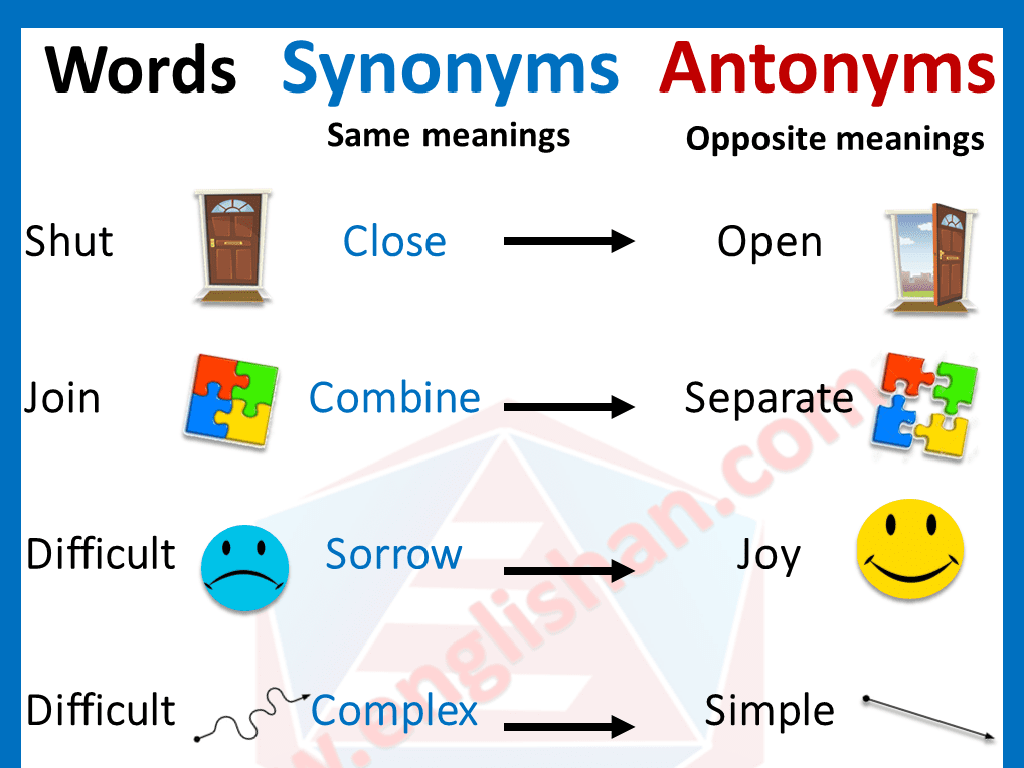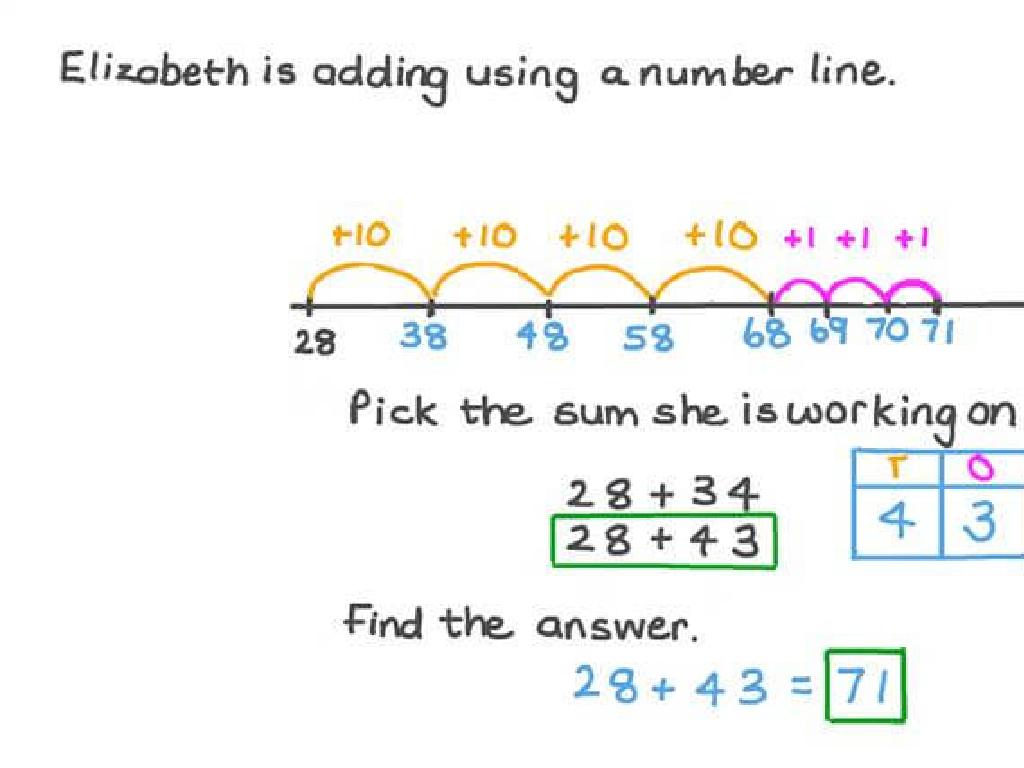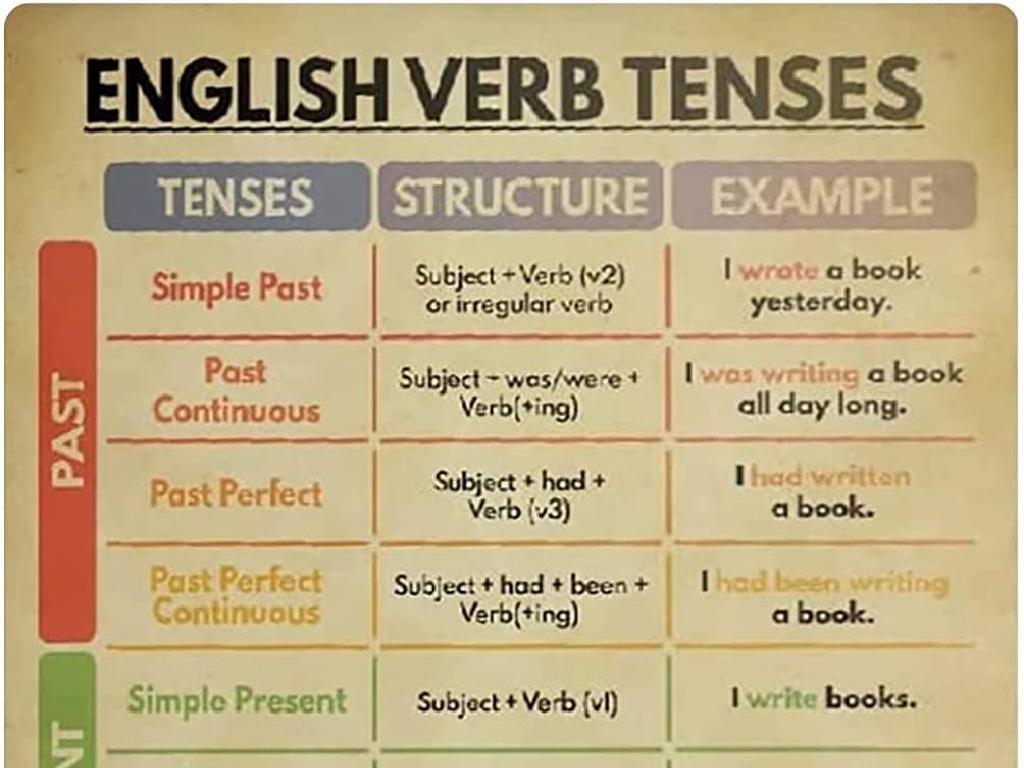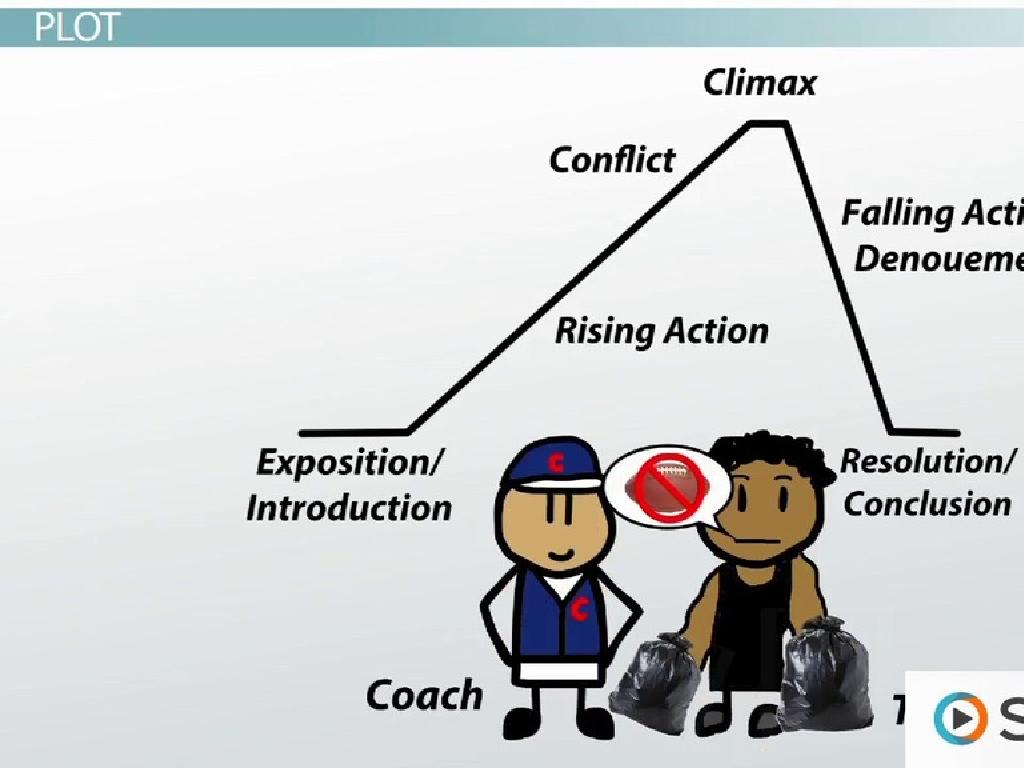Read Along With Historical Fiction
Subject: Language arts
Grade: Second grade
Topic: Text Features
Please LOG IN to download the presentation. Access is available to registered users only.
View More Content
Exploring Text Features in Historical Fiction
– Greet the class and set the tone
– Introduce Historical Fiction genre
– Stories based on historical events with fictional elements
– Explain reading along with stories
– Follow along as we read, notice the setting and characters
– Discuss importance of text features
– Text features help us understand the story better
|
Begin the class with a warm greeting to create an inviting atmosphere. Introduce the genre of Historical Fiction, explaining that these stories are based on real historical events but include made-up characters or details. Emphasize the importance of paying attention to text features such as titles, headings, and pictures, which can provide context and aid comprehension. Encourage students to think about the setting, characters, and plot as they read along. This will help them to engage with the material and improve their understanding of the historical context. Prepare to show examples of historical fiction books suitable for their grade and discuss the text features found in them.
Exploring Historical Fiction
– Historical Fiction: A past era story
– Stories set in a time before now
– Fictional characters in real settings
– The story’s place is real, like Ancient Egypt or Medieval Europe
– Books as time machines
– Imagine going back in time when you read!
– Understanding the genre
|
This slide introduces the concept of historical fiction to second-grade students, emphasizing that these stories are set in the past and can include made-up characters who experience real historical events or live in real historical periods. The idea is to make students excited about reading historical fiction by comparing it to time travel, which can make history come alive for them. Encourage students to think about what time period they would like to visit in a book and why. This will set the stage for further exploration of text features specific to historical fiction, such as the setting’s importance and how authors blend fact with fiction to create engaging stories.
Why Read Historical Fiction?
– Learn history through stories
– Stories make history engaging and memorable.
– Meet characters from the past
– Characters bring historical periods to life.
– Discover past lifestyles
– Explore the daily life of people in history.
– Understand historical events
|
Historical fiction is a powerful genre that can transport students back in time, allowing them to experience history through the eyes of characters from different eras. It’s an engaging way to learn about historical events, cultures, and people. By reading historical fiction, students can develop a deeper understanding of how people lived, what challenges they faced, and how the past has shaped the world we live in today. Encourage students to think about the differences and similarities between their lives and the characters’ lives. This can lead to meaningful discussions about change over time and the relevance of history to their own experiences.
Exploring Text Features in Historical Fiction
– Authors use text features as guides
– Headings: Find the chapter titles
– They tell us what a section or chapter will be about
– Captions & Bold Words: Notice them in pictures and paragraphs
– Captions explain pictures; bold words are important to remember
– Glossary: Discover the meaning of words
– A mini-dictionary at the end of the book for hard words
|
This slide aims to teach second-grade students about the different text features commonly found in historical fiction books and how they help readers understand and navigate the story. Emphasize that authors include these features to make reading easier and more engaging. Headings usually tell us the main idea of the chapters, captions provide information about images, bold words highlight significant terms, and a glossary defines difficult words. Encourage students to actively look for these features while reading and explain how each feature aids their comprehension of the story.
Exploring Text Features in Historical Fiction
– Practice finding text features
– Spot headings and bold words
– Headings/bold words help us know what’s important
– Understand captions with pictures
– Captions explain pictures, giving more story details
– Discuss our findings together
|
This slide is aimed at helping second-grade students understand and identify different text features within historical fiction books. Encourage the students to look at a page and identify any headings or words that are in bold, discussing how these features help guide our reading and point out key information. Then, move on to captions, explaining how they provide additional information about the images they accompany, often offering insights into the historical context. After identifying these features, have a group discussion to allow students to share what they’ve found and how it helps them understand the story better. This activity will enhance their ability to navigate and comprehend historical fiction texts.
Read Along with Historical Fiction
– Follow along as I read
– Listen for text features
– Look for bold words, headings, or captions as we read
– Imagine being in the story
– Picture yourself in the story’s setting
– Engage with the adventure
|
This slide is designed to engage second-grade students in an interactive read-along activity with a focus on historical fiction. As the teacher reads the story aloud, students will follow along in their own books, which helps them to connect with the text and improve their reading skills. The teacher will emphasize text features such as titles, headings, bold words, and captions, pointing them out to help students understand how these features aid comprehension. Students are encouraged to use their imagination to transport themselves into the story, making the historical period and events more relatable and memorable. The activity aims to enhance their understanding of the genre and foster a love for reading. The teacher should prepare by selecting a story that is age-appropriate and rich in text features and historical content.
Class Activity: Time Travel Journal
– Imagine living in the past
– Write your own journal entry
– Describe a day in the life of a historical figure or during an event
– Include dates in your story
– When did your story take place? Add this to your entry.
– Highlight important words in bold
– Bold words that are key to the historical context
|
This activity is designed to immerse students in the genre of historical fiction by allowing them to create their own piece of history. Encourage them to think about what life would be like in the past and to choose a specific time period or event they find interesting. Guide them to use text features such as dates to set their story in time and to bold important words that are relevant to the historical context. This will help them understand how these features aid comprehension and add depth to the text. For the teacher: Prepare a list of historical periods or events for students to choose from, provide examples of bolded words, and assist them in structuring their journal entries. Have materials ready for students who may need extra support, and plan for a sharing session where students can read their entries aloud.
Sharing Our Journals
– Share your journal entries
– Discuss the joy of writing
– What parts were fun to write about?
– Explain text features used
– Headings, bold words, or drawings
– Reflect on the writing process
– How did these features help your story?
|
This slide is for a class activity where students will share their journal entries with the class. Encourage them to talk about what they enjoyed during the writing process and to identify the text features they incorporated into their journals, such as headings, illustrations, or highlighted words. This will help them understand how text features can enhance their writing and make it more engaging. For the teacher: Prepare to guide the discussion by asking questions that prompt students to think about the structure and presentation of their journals. Offer examples of text features if students are unsure. Have a few different activities ready, such as drawing a scene from their journal, creating a bold title, or highlighting important words to share.
Fantastic Time Travels in Reading
– Celebrate your hard work today
– Reading historical fiction is like time travel
– Historical fiction takes us back in time
– Practice makes perfect
– The more you read, the better you’ll get
– Enjoy your reading adventures!
– Discover new times and places in stories
|
This slide is meant to wrap up the lesson on reading along with historical fiction. It’s important to acknowledge the students’ efforts and to reinforce the concept that reading historical fiction allows them to experience different times and cultures. Encourage them to continue practicing their reading skills, as this will help them become more proficient readers. Remind them to enjoy the process of reading and to use their imaginations to fully immerse themselves in the historical worlds they encounter in their books. This positive reinforcement will help instill a love of reading and learning about history.






